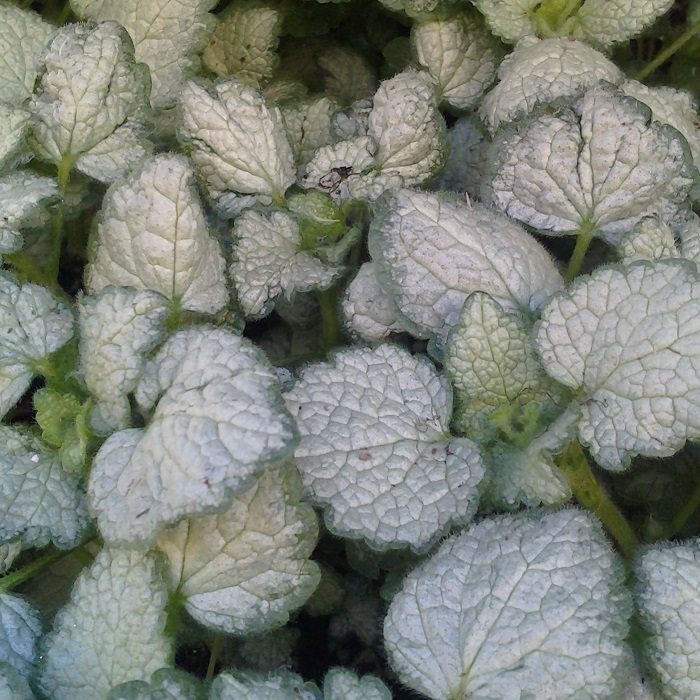UNITED STATES—Up at high elevations and out in deserts, where sunlight is most intense, plants can actually get more exposure than they need. The bluish or grayish glaucous foliage of the Colorado blue spruce from the Rocky Mountains, and the century plant from the Sonoran Desert, is actually designed to reflect a bit of sunlight so that the foliage does not scald.
Plants from foggy coastal areas, and understory plants that naturally live below the canopies of larger trees, do the opposite. They are deep green to absorb as much sunlight as possible. This is why Monterey pine and Monterey cypress are the same shade of dark green; and why most ferns are such dark green. Only tree ferns that stand above lower plants are naturally light green.
This can make it difficult to brighten a dark spot in the garden, since most lightly colored foliage wants an abundance of sunlight. White or lightly colored flowers would theoretically work nicely, but generally are neither permanent nor abundant where shaded. Golden foliage, like that of golden elderberries, golden arborvitaes and golden junipers, is greener in the shade.
Variegated foliage is different. Even if the green parts of the foliage are greener where well exposed than where shaded, the variegated parts are always variegated. Some plants are variegated with white. A few are variegated with yellow. Those that tolerate shade can brighten shaded spots nicely, or at least add a bit of contrast to dark green.
Even if the big pastel flowers of variegated angel’s trumpets and variegated hydrangeas do not stand out as well as they would against deeper green foliage, the foliage provides its own contrast. A concern with hydrangeas, as well as variegated dogwoods, is that they are deciduous, so lack foliage through winter.
Variegated Pittosporum tobira and variegated euonymus have smaller evergreen leaves. Variegated ivies are nice ground covers. On a smaller scale, so is dead nettle. Euonymus, pittosporums and ivies will sometimes need to have more vigorous unvariegated stems pruned out before they overwhelm and replace variegated growth.
Highlight: dead nettle
Because its common name is so unappealing, dead nettle is more commonly known by its Latin name, Lamium. or more specifically, Lamium maculata. It is a low and subdued plant with pastel pink, lavender or white blooms, and small deep green leaves. However, modern garden varieties have silvery variegated foliage that brightens shady spots. Some are yellowish green.
The herbaceous stems spread only one or two feet at first, but then root into the soil where they land, and continue to spread some more. The mounding growth can get about half a foot deep, or a bit deeper where it can pile up on other plants or rocks. After late spring or early summer bloom, deteriorating flower stems should be shorn back to enhance density of foliar growth below.
Stems that begin to spread a bit too far into areas where they are not wanted can be left long enough to develop roots through spring, and then pulled up and planted where they are wanted. Even before they spread that much, no one would miss a few rooted stems discretely taken from established plants to make copies. Plants in sunnier spots want richer soil and more water.






